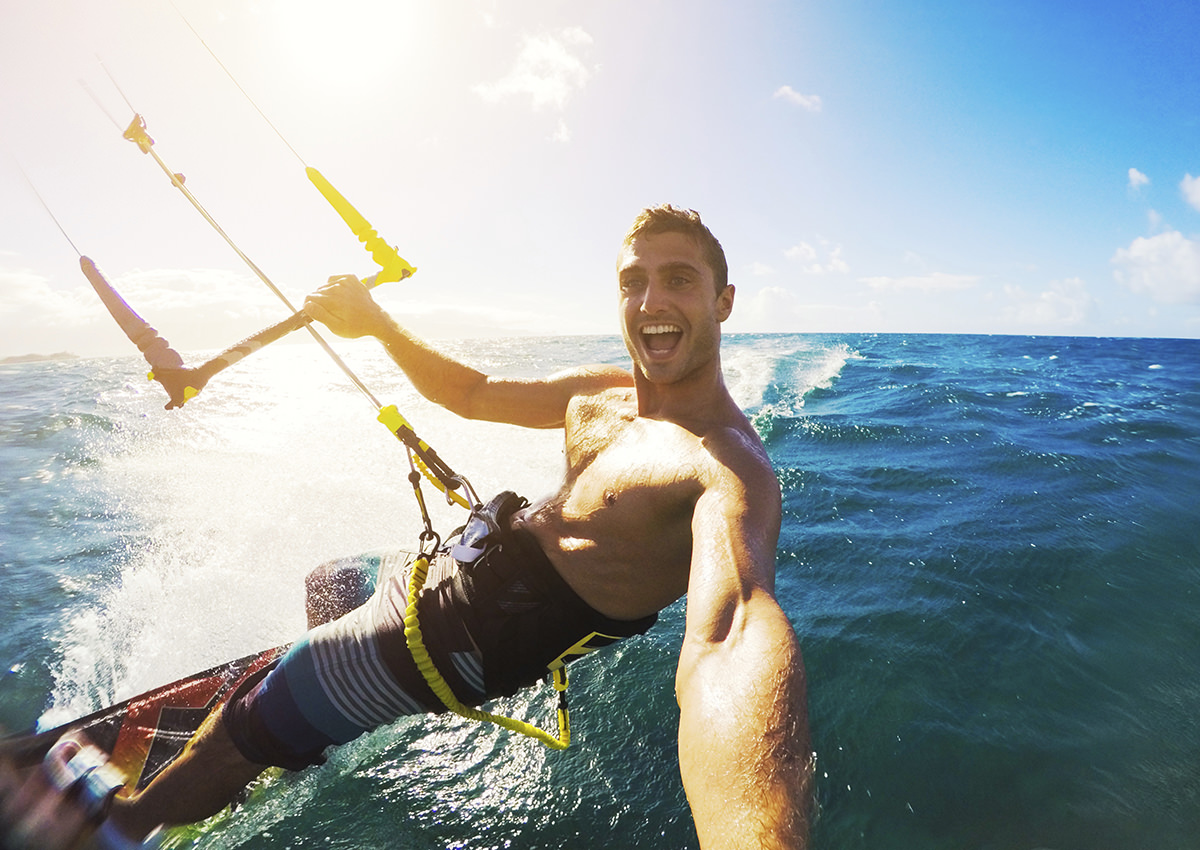One of the greatest dangers is the risk of being held underwater by two or more consecutive waves. Surviving a triple hold-down is extremely difficult and surfers must be prepared to cope with these situations. Training styles vary such as D.
Sloane weight drag/ free reef grab and pressure jet drag. A major issue argued between big wave surfers is the necessity of the leash on the surfboard. In many instances, the leash can do more harm than good to a surfer, catching and holding them underwater and diminishing their opportunities to fight towards the surface. Other surfers, however, depend on the leash. Now, tow in surfboards use foot holds (like those found on windsurfs) rather than leashes to provide some security to the surfer.
The oldest and most prestigious big wave contest is the Eddie named after Oahu north shore Hawai’ian lifeguard and surfer Eddie Aikau. The competition window is between December 1 and the last day of February annually. Another big wave surfing contest hosted by Red Bull is held at Jaws Peahi, with invitation of 21 of the best big wave surfers in the world. The waiting period for the contest is from 7 December to 15 March. Some of the known invitees to the contest include Jeff Rowley, Albee Layer, Greg Long, Shane Dorian, John John Florence, Kala Alexander.
Beginning in 1999, Mavericks has become a premier big wave contest. The first year’s results were first place, Darryl Virostko (“Flea”); second place, Richard Schmidt (surfer); third place, Ross Clarke-Jones; and fourth place, Peter Mel. Beginning in 2014-5, the World Surf League (WSL) has sanctioned the Big Wave World Tour (BWWT).
On February 28, 2015, Makua Rothman became the first WSL BWWT Champion with 20,833 points outscoring the runner up, Gabriel Villaran of Peru, by almost 7,000 points




